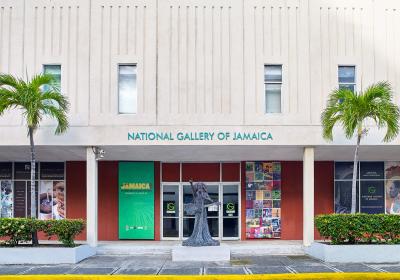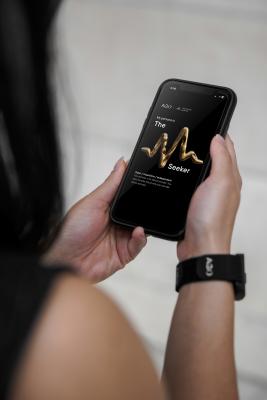Meet the Art Rate Monitor
Wearable tech meets great art at the AGO with a new visitor experience on now
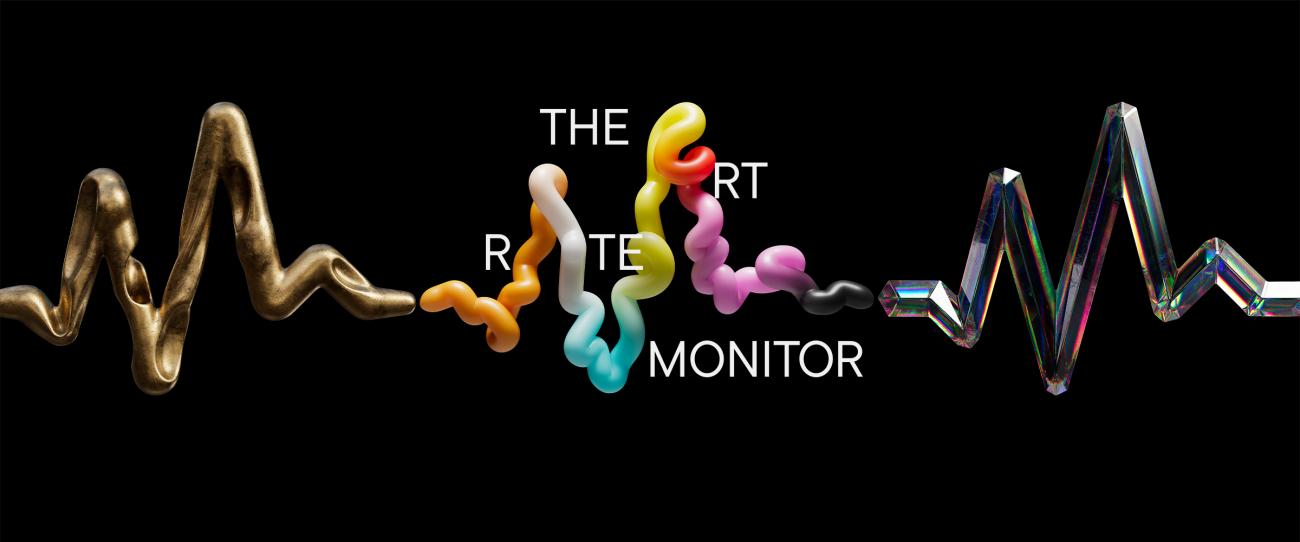
Have you ever wondered how your heart reacts to art? The AGO is giving visitors an innovative opportunity to discover more about themselves and their relationship with art through the power of wearable technology.
From September 17 to November 19, the Art Rate Monitor invites visitors to uncover which artworks captivated them the most, discover patterns in their preferences, and even, find out their colour palette. A first-of-its-kind experience, participants can take part by wearing a lanyard and heart rate monitor wristband as they move through the Gallery. At the end of their visit, they’ll receive a digital wrap report with personalized insights on which artworks they responded to and an art persona they can share with followers on social media. This experience is free with admission to the AGO.
To help us learn more about how and why art makes us feel different emotions, Foyer spoke with Melissa Smith, former Program Curator, Collaborative Learning at the AGO. Smith is a longtime advocate of the positive impacts of art and strives to create programs that foster these connections while advocating for accessibility across all communities.
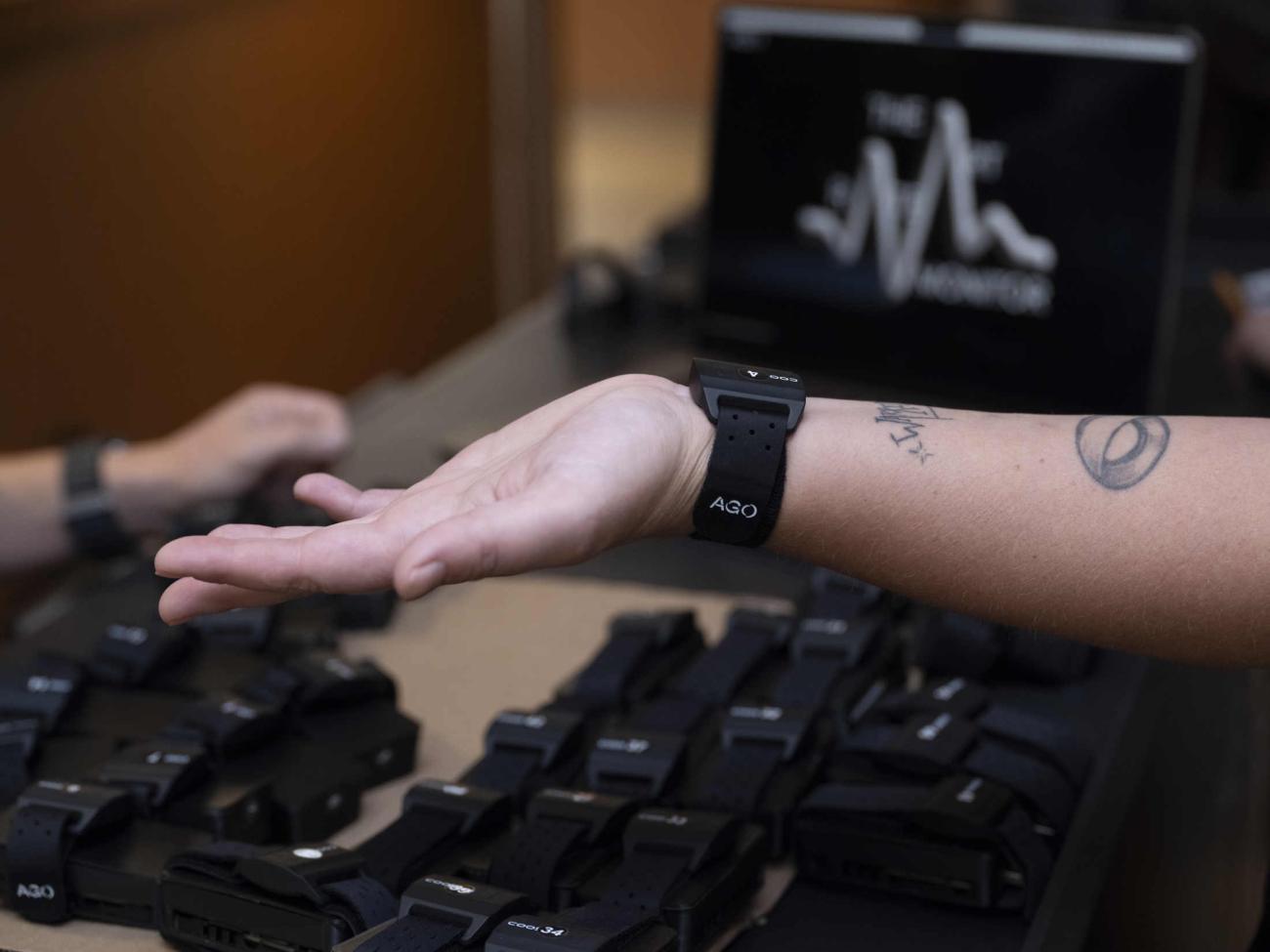
A participant wearing AGO's Art Rate Monitor on their wrist. Photo: Tracey Owusu © AGO.
Foyer: Why does art impact us all differently? What different types of museum-goers are there?
Smith: Art impacts us all differently because it taps into personal experiences, emotions, and perspectives. Our responses can be related to our personal backgrounds, emotional states, cultural contexts, personal taste and engagement.
There is a lot of interesting research on the psychology of why we visit museums, galleries and free-choice learning sites. For example, Psychologists John Falk and Lynn D. Dierking developed a massive study to see why people visit cultural sites.
According to their study, visitors can have different motivations and identities they take on when visiting. You can be a facilitator who’s making a social experience out of the museum visit. So, if you're a parent, a grandparent, a friend, or a partner bringing people to experience a site, you're facilitating that experience. You could be an explorer who’s visiting because it appeals to your curiosity to learn new things. As an explorer, you’re more likely to be attracted to new exhibitions, read wall labels and prefer an unstructured visit. Experience seekers like to collect experiences, the “been there, done that” crowd. A lot of experience seekers visited during the Yayoi Kusama exhibition, for instance. The AGO also sees a lot of rechargers, as well. These are the folks who come to reflect and rejuvenate. They tend to see sites like the AGO as a respite from the world and are likely the visitors who wear headphones. You could also be a professional/hobbyist, respectful pilgrim and someone seeking out cultural affinity. There's all these different motivations that you can have when visiting these sites, which Falk and Dierking identified.
The AGO’s Art Rate Monitor is great in that it creates a moment for people to come into the Gallery in a way that doesn't prioritize needing to know about art history and museums. No matter the motivation, you can simply come in and see how your body reacts naturally to the surrounding art. It's about having fun and going around in the way that you want and potentially learning something about yourself afterwards. It's fun and tongue in cheek too.
Do we know why people respond differently to the same piece of art?
We’re mutable and changeable as people. We not only have varying motivations to why we look at art, other variables can impact our responses too. What's the weather that day? How’s your mood? Who are you with? Are you having a conversation? Are you visiting on your own? Are you coming in between something? Are you going through something in your life?
In general, what’s beautiful about art is that it's fully subjective. When making work, artists want to reach out to people and have them stop and look. Maybe even see the world in a whole new way, understand a different perspective, and have an ‘aha’ moment (as we call it in the museum field).
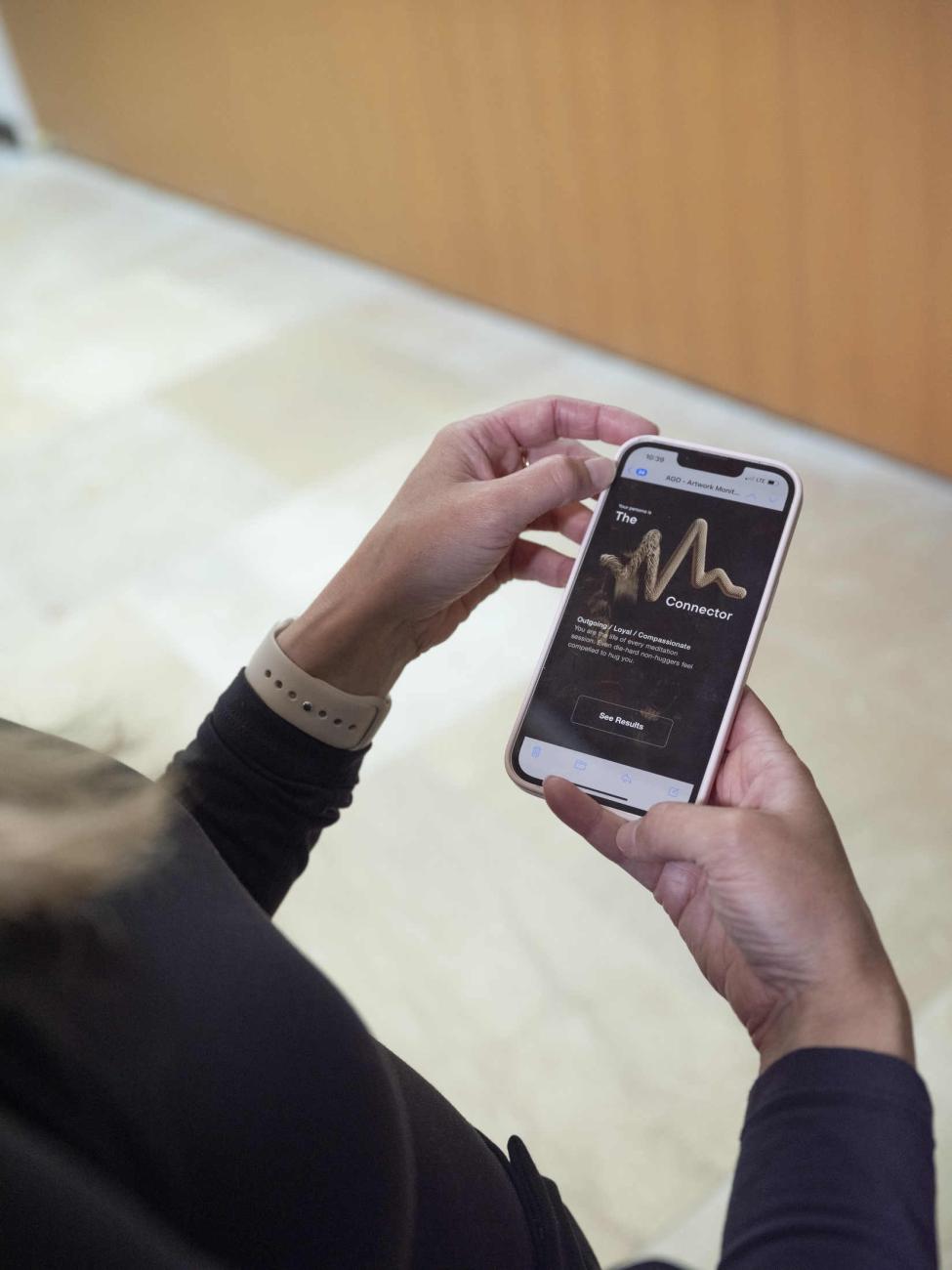
Digital wrap report featuring art persona from AGO's Art Rate Monitor. Photo: Tracey Owusu © AGO.
What do we know about the physical and emotional impacts of looking at art? What are the benefits?
There is a lot of research around the impact of surrounding yourself with art and cultural objects. We know that spending 10 minutes in front of an artwork can impact your brain by releasing more serotonin and dopamine. So, it improves your overall mood, which enhances your well-being. Not to mention a museum visit can also counteract social isolation and get you moving physically.
Social worker and museum scholar Lois Silverman highlights that museums contribute to the pursuit of health and well-being in five major ways. They promote relaxation, create an immediate intervention of beneficial change in physiology, encourage introspection, foster education, and act as a public health advocate by acknowledging culture as a social determinant of health – thus contributing to healthier communities.
That's also why we try to break down any perceived or physical barriers to the gallery. This is so we can be more visitor-centered because museums can play a powerful role in bringing about social change. We can enrich the quality of individual lives and enhance our community's well-being by engaging a growing and diverse population in meaningful art and social experiences.
What does exposure to art over time do?
Evidence shows that engaging with museums provides positive social experiences, reduces social isolation, provides learning opportunities, creates calming experiences (leading to decreased anxiety and increased positive emotions), increases self-esteem and a sense of identity, increases inspiration, and provides opportunities for meaning.
Even more specifically for art galleries, Heather Stuckey and Jeremy Nobel in 2010 concluded that engagement with artistic activities, either as an observer of the creative efforts of others or as an initiator of their own creative efforts, can enhance mood, emotions and other psychological states.
A more recent report by the World Health Organization (WHO) found that art specifically has positive overall effects for mental and physical health at all stages of life, with the research providing a solid foundation for cultural institutions to explore and contribute to public health and well-being.
So come to the Art Gallery of Ontario and see how you react to the artwork around you – it’s good for your health!
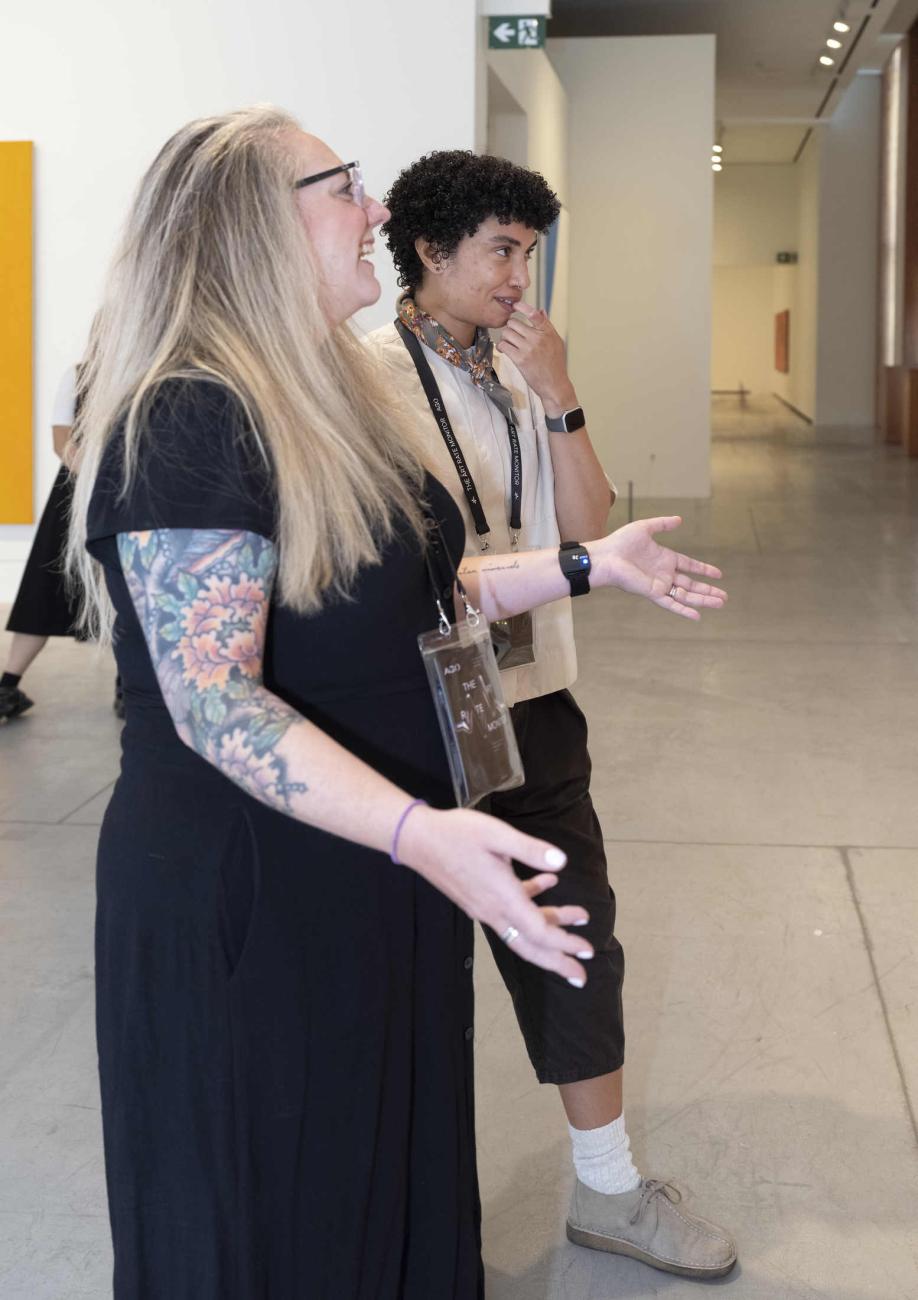
L-R: Melissa Smith, former Program Curator of Collaborative Learning, AGO and Angelique Jenkins, Senior Copywriter, AGO. Photo: Tracey Owusu © AGO.
Try out the Art Rate Monitor at the AGO free with admission, now through November 19. The experience is provided on a first-come, first-served basis on Level 1. For more information, visit ago.ca/art-rate-monitor






